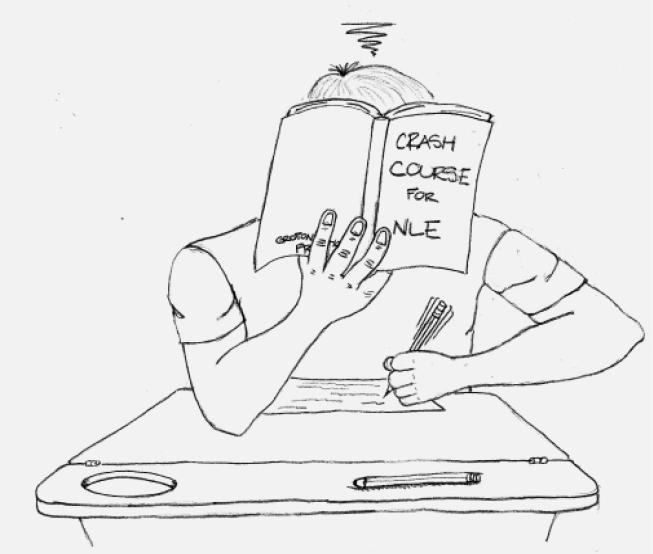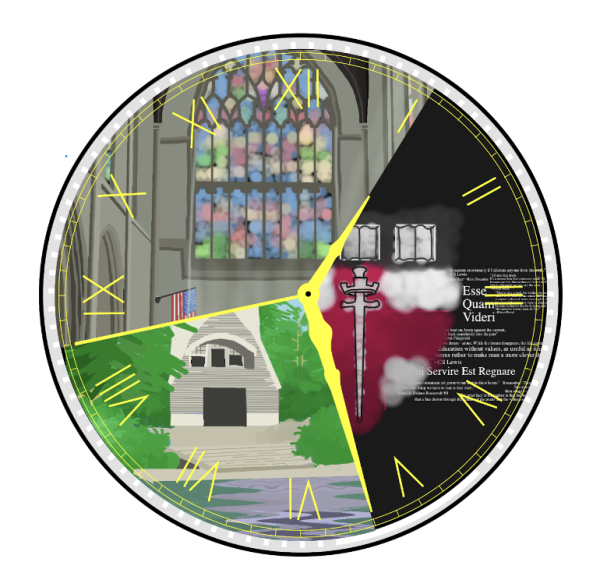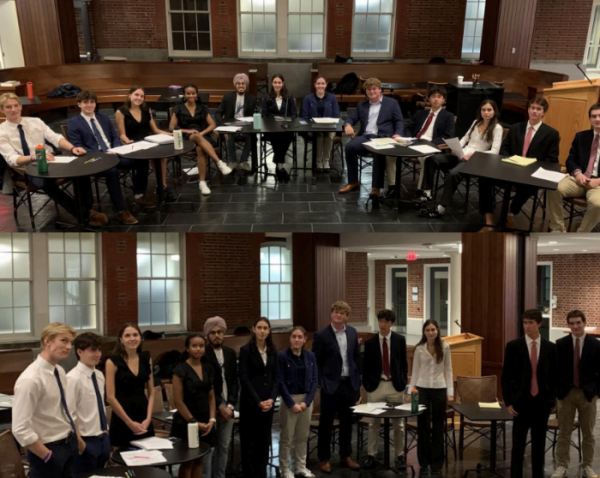Classics Department creates NLE prep book
The Groton Classics Department, with the assistance of a group of seven students, plans to compile and print a book for Groton students to prepare for Latin standardized testing later this year. The book will include sections on both Roman culture and Latin grammar. Although the text is primarily intended to prepare students for the National Latin Exam, many of the sections’ contents will be applicable to other tests as well. The project is estimated to be completed by the end of winter term.
Groton has a significant history with the National Latin Exam. Students are required to take two years of a classical language. While one may choose between Greek and Latin, students overwhelmingly opt for the latter – in the 2014-15 school year, for example, only one new third former chose to take Greek; most years, none do. The School heavily encourages students to take the National Latin Exam, a forty-question standardized test sponsored by the American Classical Exam. Grotonians have traditionally done well on the exam; in the last two exam administrations, almost 75% of students earned summa cum laude or maxima cum laude distinctions, and seven students received perfect scores.
Latin teacher Amy Martin-Nelson is spearheading the effort to create a preparatory book for the Exam. She believes that this project is long overdue. “The Department,” she said, “has needed a compendium of worksheets that we use to prepare our students for the National Latin Exam.” She was, in large part, responsible for recruiting the students who are editing and designing the contents of the book. Ms. Martin-Nelson also created the grammar review sheets on which the book is to be based, some of which she has had for more than ten years. This book represents a culmination of years of effort on Ms. Martin-Nelson’s behalf.
Hanna Kim ’17 leads the group of students participating in the printing of this book. Her involvement came about rather unexpectedly: “[Ms. Martin-Nelson] would usually tell us that there aren’t a lot of good textbooks out there for Latin standardized testing, and that she hadn’t published her material because she didn’t feel like it and didn’t have enough time. I put two and two together and realized that I and other people… could do this for her!” She, too, assisted in gathering students to work through this process, and is optimistic that the book “will make studying for those exams more easily accessible and more familiar.”
The process, she said, is relatively straightforward, if arduous: content must first be edited for accuracy, and then laid out using Adobe InDesign. The book will then be standardized to fit the printer’s guidelines, and finally printed and distributed to Groton students. Sections of the text will include Roman history, mythology, daily life, and entertainment, among others. Each student will edit and lay out one or two sections of the text.
The enthusiasm of Leo McMahon ’19, who is editing the entertainment (or ludī) section, speaks for all those working on printing the book: “…when I learned of its existence, how could I not spend time combining Latin and history?”









